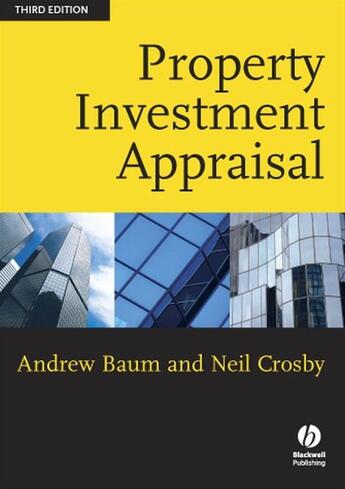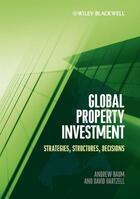-
Nombre de pages : (-)
-
Collection :
(-)
-
Genre :
(-)
-
Thème :
Non attribué
-
Prix littéraire(s) :
(-)
Résumé:
This book explains the process of property investment appraisal estimating both the most likely selling price (market value) and the worth of property investments to individual or groups of investors (investment value).
Valuations are important: they are used as a surrogate for transactions... Voir plus
This book explains the process of property investment appraisal estimating both the most likely selling price (market value) and the worth of property investments to individual or groups of investors (investment value).
Valuations are important: they are used as a surrogate for transactions in the construction of investment performance and they influence investors and other market operators when transacting property. Valuations need to be trusted by their clients and valuers therefore need to produce rational and objective solutions.
In a style that makes the theory as well as the practice of valuation accessible to students and practitioners, the authors provide a valuable critique of conventional valuation methods and argue for the adoption of more contemporary cash-flow methods. They explain how such valuation models are constructed and give useful examples throughout.
The UK property investment market has been through periods of both boom and bust since the first edition of this text was produced in 1988 and the book includes examples generated by the different market states: for example, complex reversions, over-rented situations and leasehold examples are in ready supply and are examined fully by the authors. They have retained the books basic structure and thrust, setting out fundamental investment and appraisal theory in Part One of the book, but adding a new chapter on building and modelling cash flows as a precursor to the investment material in Part Three.
The heart of the book remains the critical examination of market valuation models addressed in Part Two it remains the case that no other book addresses this issue in detail.
Donner votre avis















